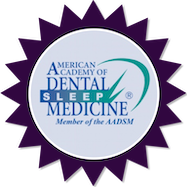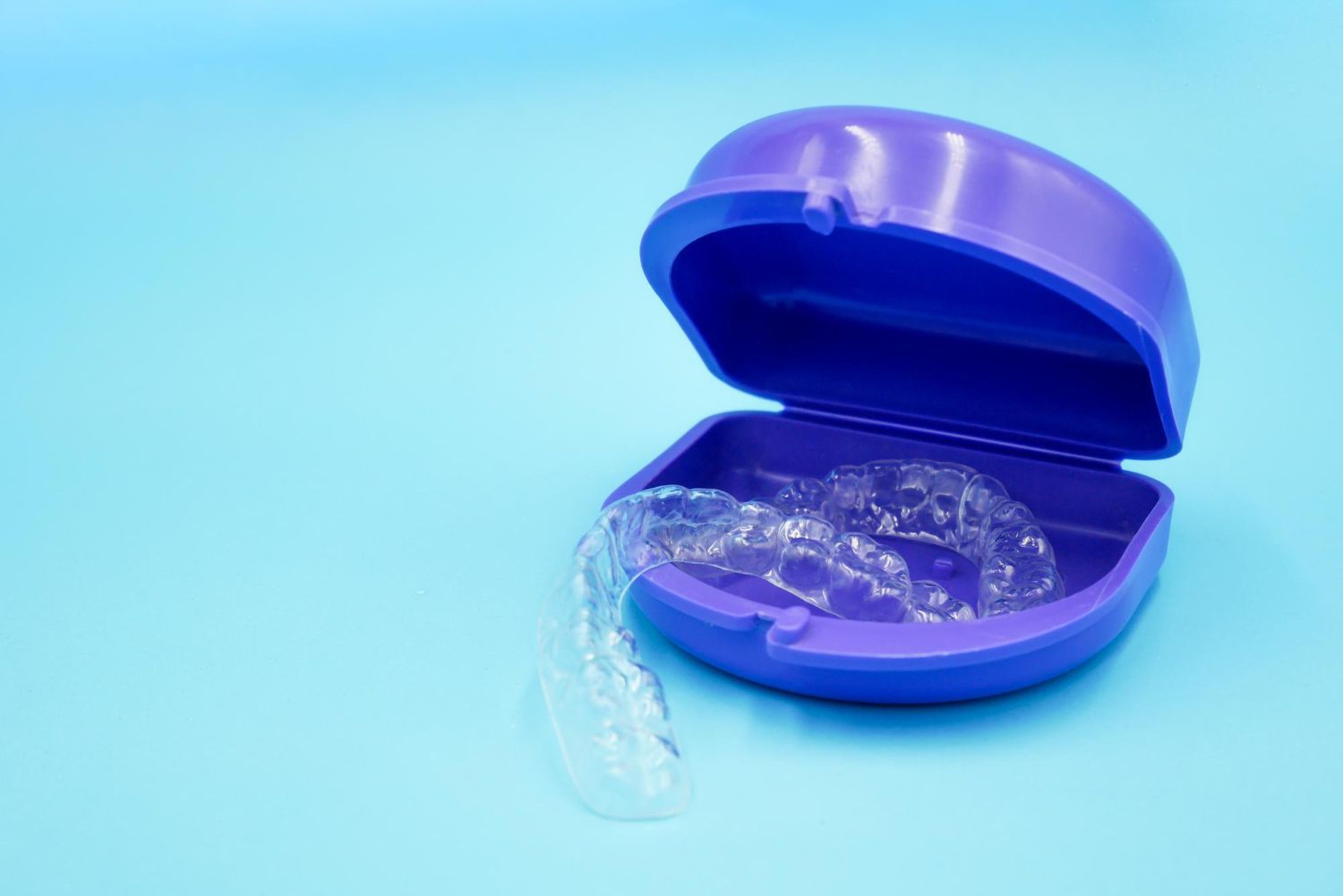Welcome to Fuller Sleep & TMJ Solutions | Greensboro, NC | frontdesk@fullersleep.com
Understanding TMJ Pain and How We Can Help

TMJ pain is a common problem that can make daily activities like eating and talking difficult. The temporomandibular joint (TMJ) connects your jaw to your skull and allows your mouth to move. When this joint is not working properly, it can cause significant discomfort. Many people don't know what TMJ pain is or what causes it, which makes it harder to find effective solutions.
Whether you're experiencing mild discomfort or severe pain, we are here to help you find relief and improve your well-being. In this article, we will explore what causes TMJ pain, its symptoms, how Dr. Fuller diagnoses these issues, and the treatments we offer to help you feel better.
What Is TMJ Pain and Its Common Causes
TMJ pain affects the temporomandibular joint, which connects your jaw to your skull. This joint acts like a sliding hinge, allowing you to open and close your mouth. When something goes wrong with the TMJ, it can cause pain and restrict your jaw's movement.
There are several common causes of TMJ pain. One of the main causes is arthritis, which can wear down the joint over time, leading to inflammation and discomfort. Another frequent cause is jaw injury, which could result from a blow to the face or whiplash in a car accident. Stress is also a significant factor; clenching or grinding your teeth, often due to stress, can strain the TMJ, causing pain and tension.
Other causes can include certain dental treatments that affect the jaw alignment and habits like chewing gum excessively. Identifying the root cause of your TMJ pain is crucial for effective treatment, and Dr. Fuller has the expertise to help pinpoint what's causing your discomfort.
Signs and Symptoms of TMJ Disorders
TMJ disorders can manifest through a variety of signs and symptoms. Recognizing these early can help in seeking timely treatment. One common symptom is jaw pain or tenderness, especially around the area of the joint. This pain can extend to your face, neck, and even shoulders, making it hard to pinpoint the exact cause.
Clicking or popping sounds when you open or close your mouth are also common indicators of TMJ problems. While these sounds might be painless for some, they can lead to discomfort or even a locking sensation in the jaw for others. Difficulty in chewing or a sudden feeling of your upper and lower teeth not fitting together properly can also be signs of TMJ disorders.
Headaches and earaches are other symptoms associated with TMJ issues. The pain from the joint can spread, causing discomfort in areas that seem unrelated. If you experience dizziness or a feeling of imbalance, it might also be linked to your TMJ. Paying attention to these symptoms and sharing them with Dr. Fuller can help in diagnosing the issue accurately and starting the right treatment plan.
How Dr. Fuller Diagnoses TMJ Issues
Diagnosing TMJ issues requires a thorough understanding of your symptoms and a careful examination. Dr. Fuller starts with a detailed discussion about your symptoms and medical history. This helps in understanding when the pain began, its severity, and any triggers that might be contributing to your discomfort.
Dr. Fuller uses physical examinations to check the range of motion of your jaw. This involves asking you to open and close your mouth while observing and feeling the jaw joints. Dr. Fuller will listen for any clicking, popping, or grinding sounds in your jaw. This hands-on approach helps pinpoint the areas of concern.
In some cases, Dr. Fuller may use imaging tests like X-rays or CT scans to get a closer look at the bones and joints in your jaw. These images can reveal details that aren't visible during a physical exam. With all the gathered information, Dr. Fuller can make an accurate diagnosis and create a personalized treatment plan that targets the root cause of your TMJ pain.
Effective TMJ Treatments We Offer
Once diagnosed, there are several effective treatments available for TMJ disorders. Dr. Fuller offers a range of options designed to alleviate pain and restore proper jaw function. One common treatment is oral appliance therapy. These custom-made devices fit in your mouth and help keep your jaw in a more comfortable position, reducing strain on the TMJ.
Physical therapy exercises can also be very helpful. Dr. Fuller often recommends specific exercises that strengthen the jaw muscles and improve flexibility. These exercises can be easily done at home and are a non-invasive way to manage TMJ pain. Sometimes, lifestyle changes, such as reducing stress and avoiding hard or chewy foods, can make a big difference in alleviating symptoms.
For more severe cases, Dr. Fuller might suggest procedures like minimally invasive surgery. These options are considered when other treatments haven't provided enough relief. With the right treatment plan, many people find significant improvement in their TMJ symptoms, allowing them to return to their daily activities without pain.
Conclusion
Living with TMJ pain can make everyday tasks challenging, from eating to speaking. Understanding what causes this discomfort and recognizing the symptoms early can be crucial steps towards finding relief. Dr. Fuller’s expertise in diagnosing and treating TMJ disorders ensures that you receive the most accurate and effective care.
Through a combination of thorough diagnosis and personalized treatment plans, we aim to help you manage TMJ pain effectively. Options like oral appliances, physical therapy exercises, and other targeted treatments offer hope and relief to those suffering from TMJ disorders. With Dr. Fuller's guidance, you can improve your jaw function and enjoy a better quality of life.
If you're experiencing TMJ pain, don't wait to seek help. Schedule a consultation with Dr. Fuller at Fuller Sleep & TMJ Solutions today to start your journey towards a pain-free life. Let us help you find the relief you deserve through our TMJ treatment solutions.

CONTACT US
Fuller Sleep & TMJ Solutions
1515 West Cornwallis Dr Suite 110 Greensboro, NC 27408
BUSINESS HOURS
Monday: 8am – 5pm
Tuesday: 8am – 5pm
Wednesday: 8am – 5pm
Thursdays: 8am – 2pm
All Rights Reserved | Fuller Sleep & TMJ Solutions
© 2023 All Rights Reserved | Fuller Sleep & TMJ Solutions
Website designed by: Morningdove - Accessibility Statement












